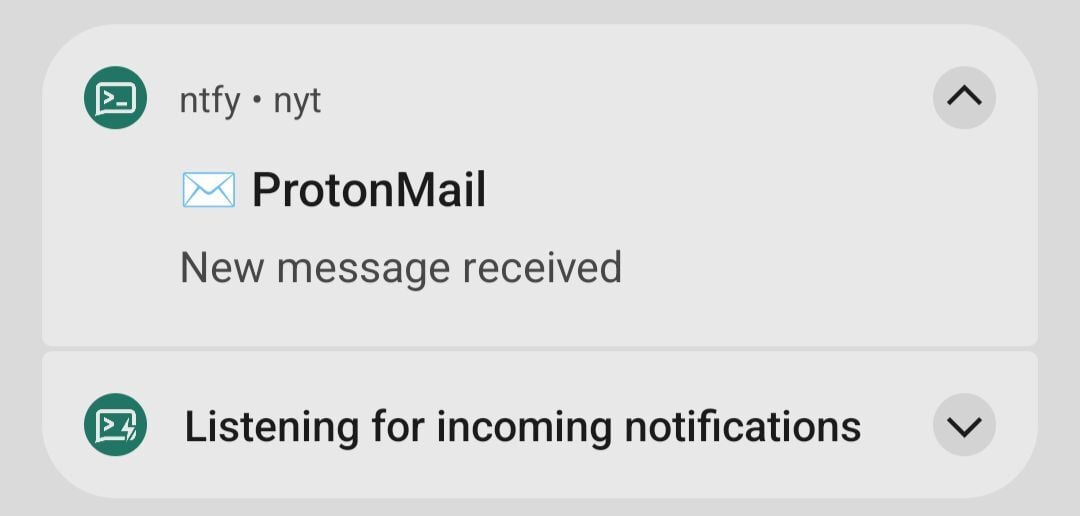Not a stupid question at all.
Location is for, well, location specifically. Sensors is a GOS thing, it blocks access to all sensors, like gyro, proximity, ambient light, etc.
Since it's not part of AOSP, apps will very likely misbehave if you turn the sensors permission off. That's why I left it enabled for Play Svcs and GSF, not sure if it's actually necessary.
From https://grapheneos.org/usage#bugs-uncovered-by-security-features :
Similarly, some of the other privacy and security improvements reduce the access available to applications and they may crash. Some of these features are always enabled under the hood, while others like the Network and Sensors toggles are controlled by users via opt-in or opt-out toggles. Apps may not handle having access taken away like this, although it generally doesn't cause any issues as it's all designed to be friendly to apps and fully compatible rather than killing the application when it violates the rules.

I don't think most apps even access sensors. I also think disabling it is not necessary, more so if you don't allow network for an app. Though some (google) apps may still send data to Google via Play Services, supposedly.
I wouldn't worry about it, but you need to decide for yourself. Usablilty is also an important factor, pixels aren't cheap at least where I live.